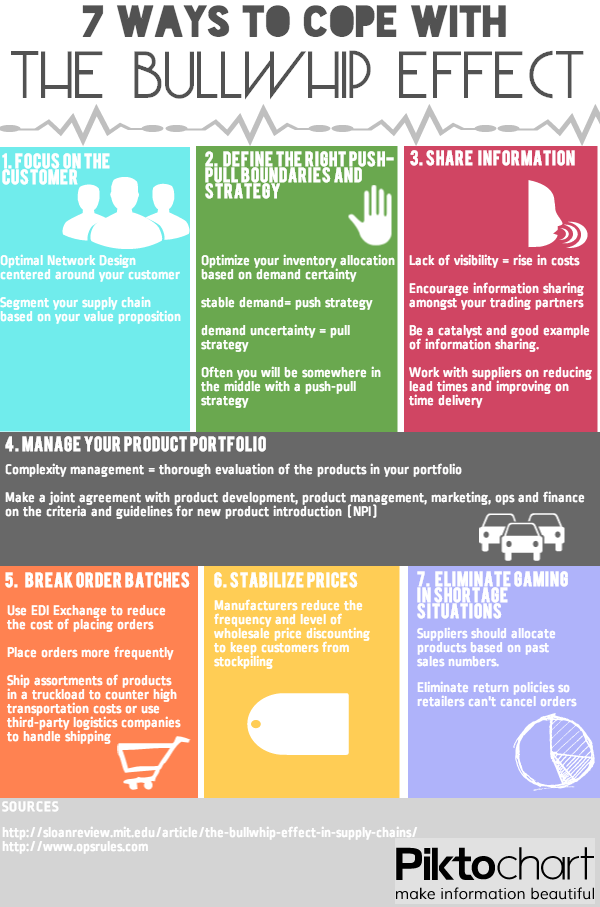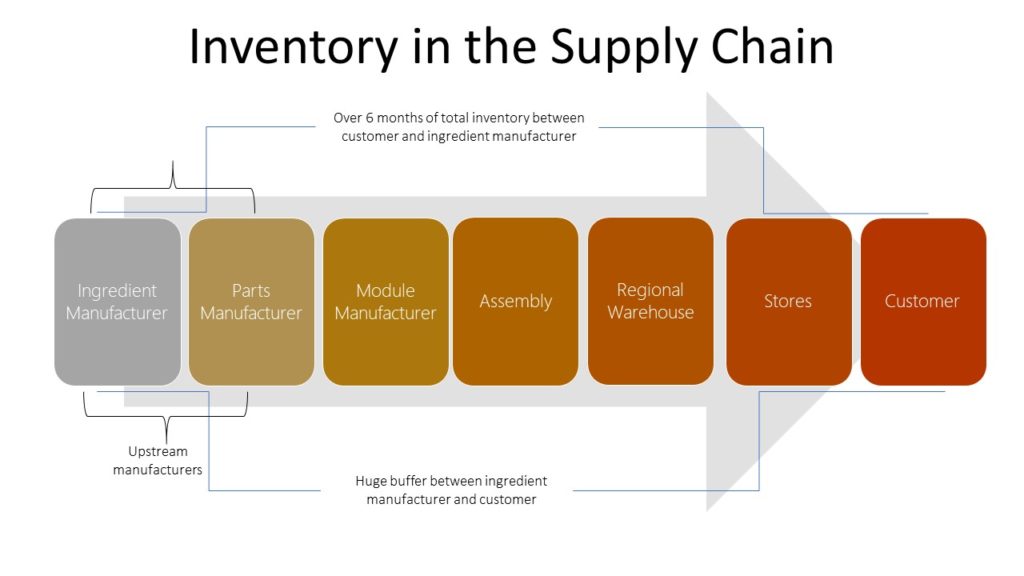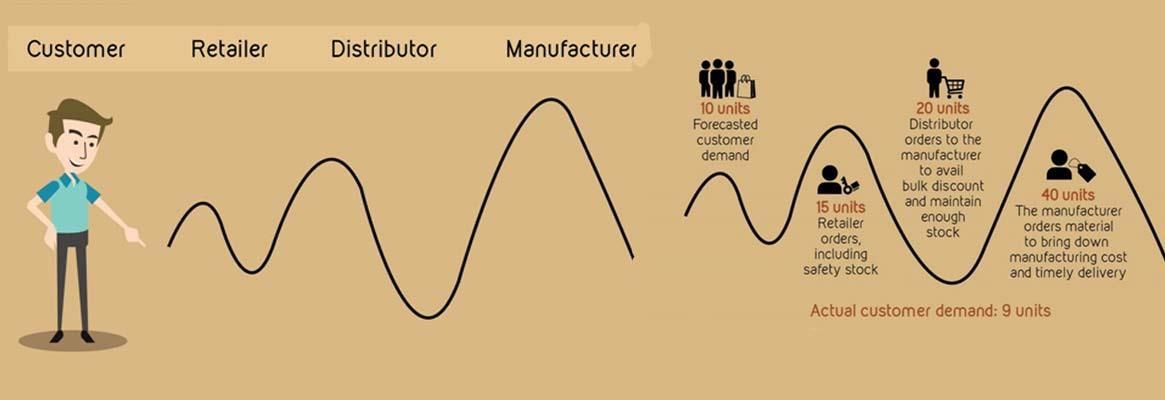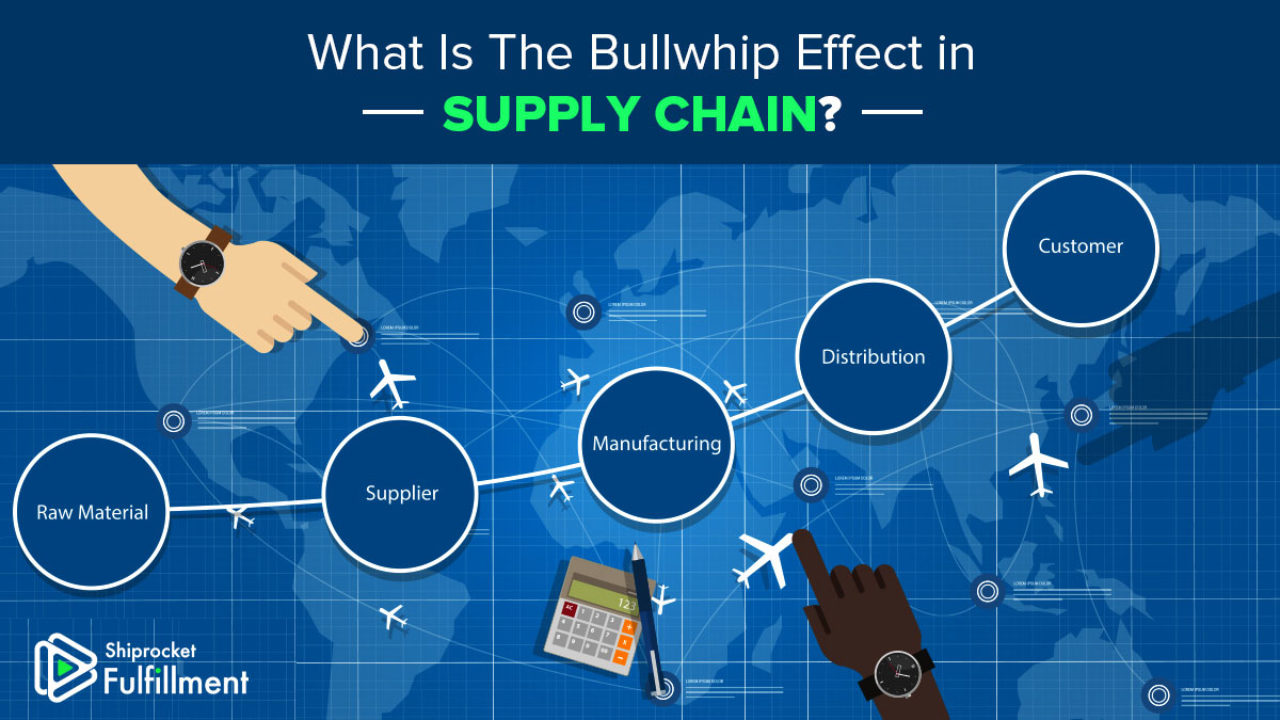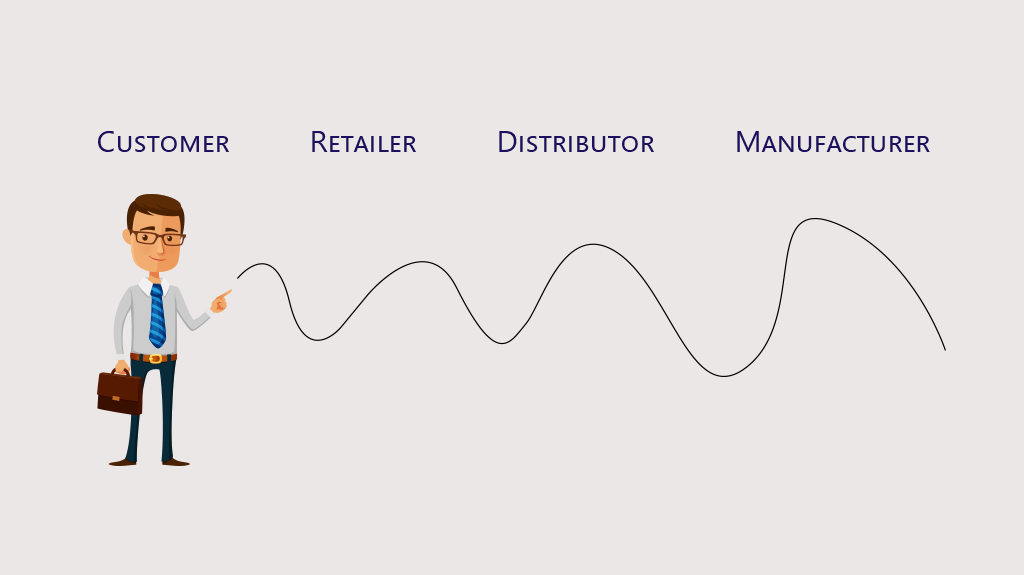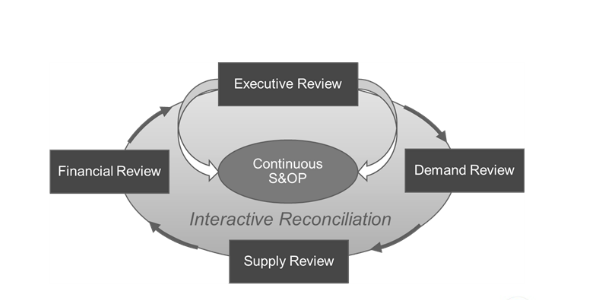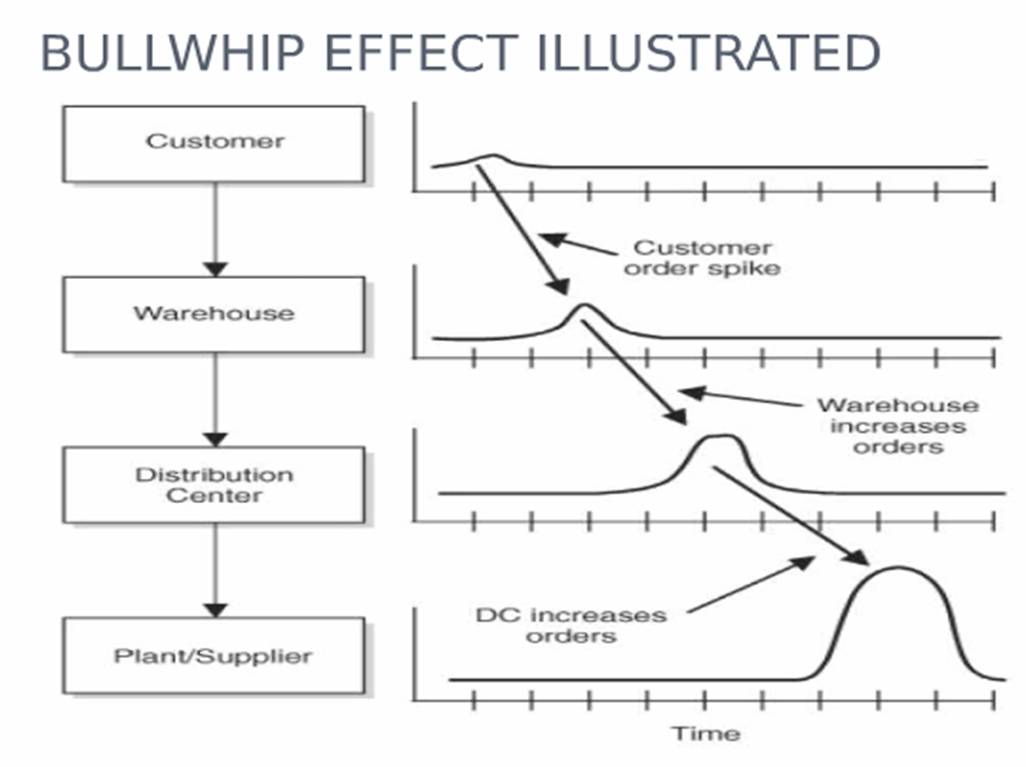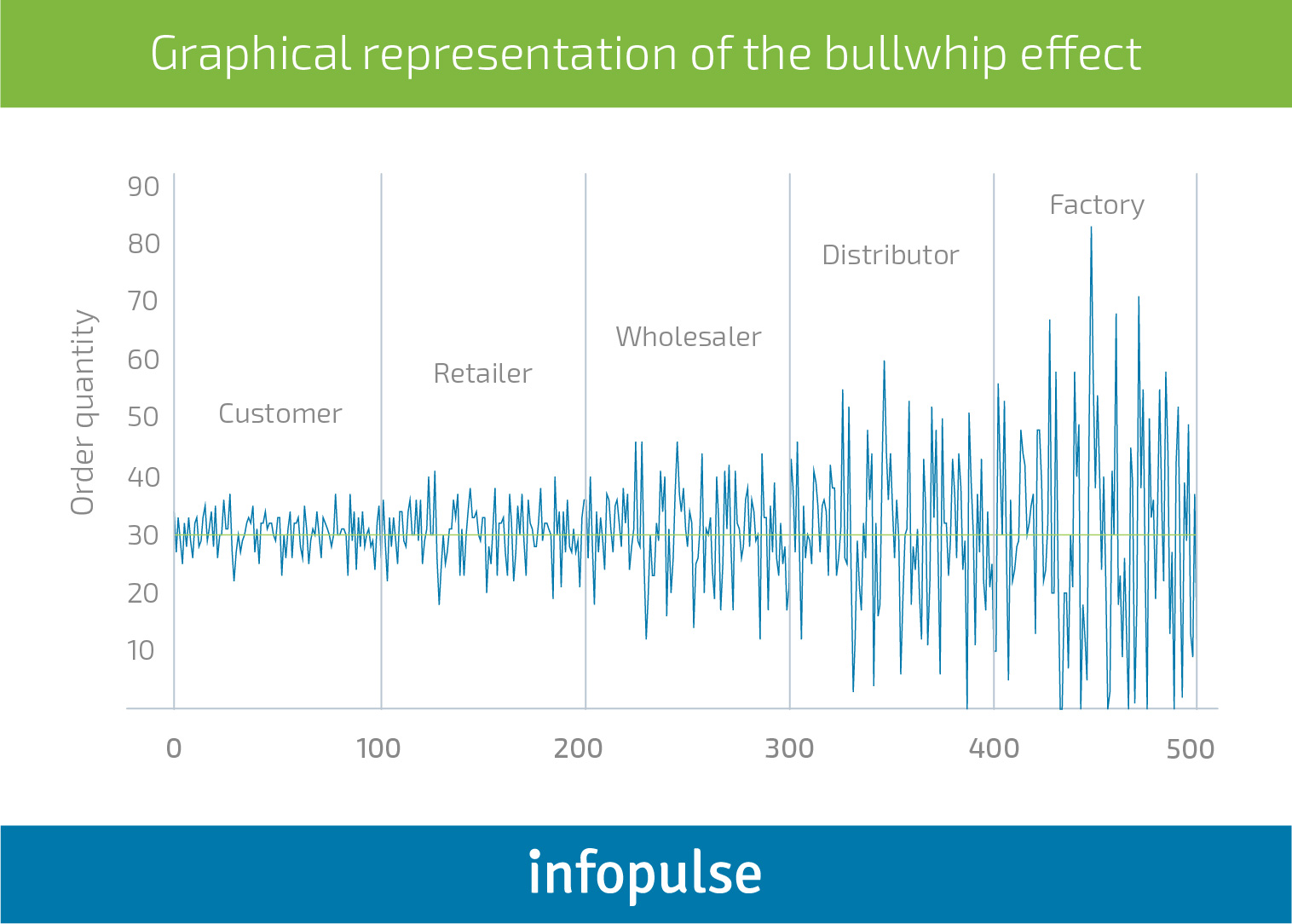Build A Info About How To Reduce The Bullwhip Effect

Back in the 1980s, economists at proctor & gamble identified what they prosaically called the “.
How to reduce the bullwhip effect. How to control the bullwhip effect 1. But demand is volatile by nature, and predicting. The bullwhip effect in a supply chain leads to various inefficiencies like excessive inventory, quality problems, higher raw material costs, and poor customer service, which can be.
The best way to do this and reduce the bullwhip effect is by focusing on customer demand. Digitalising your supply chain end to end gives you a stream of reliable information and is a nice way of effectively reducing the bullwhip effect. Increase transparency between suppliers and customers.
The bullwhip effect is a well known instability phenomenon in supply chains, related to volatility amplification of demand profiles in the upper nodes of the chain. Overreacting to empty shelves just makes things worse. One cannot eliminate the bullwhip effect from the supply chain.
Most mrp and erp systems will have native functionality that allows tight inventory control. Causes of the bullwhip effect. How to reduce the bullwhip effect with s/4hana.
With demand driven mrp we can reduce the bullwhip phenomenon. How can companies reduce the bullwhip effect? The bullwhip effect is a recurring problem in expanded supply chains and one of the most discussed problems in the last years.
The bullwhip effect is caused by 4 factors, all related to demand: However, below are some ways in which one can minimize its impact: Improve the inventory planning and policies process.
